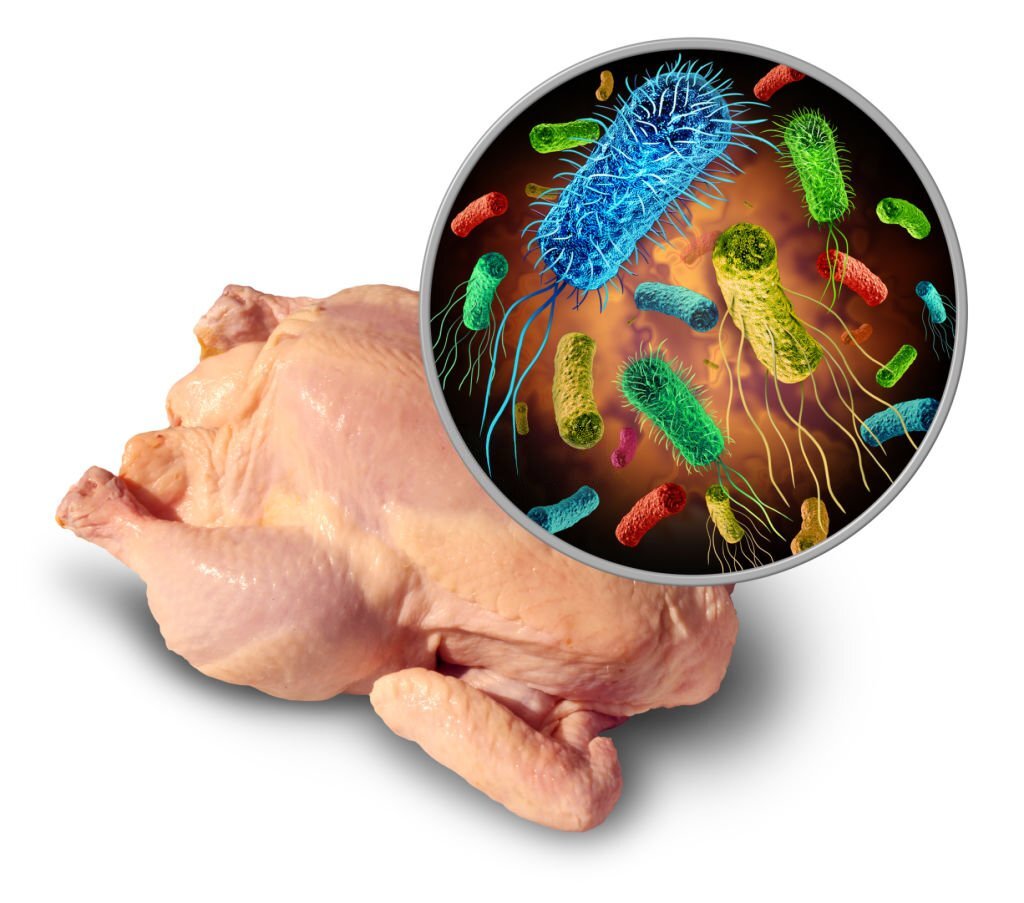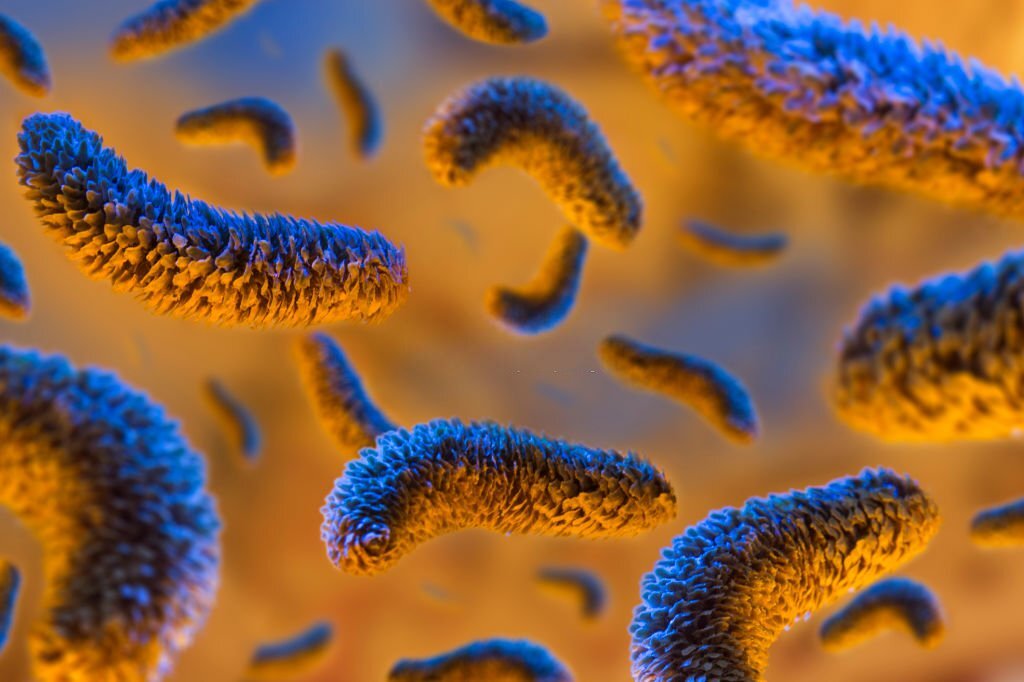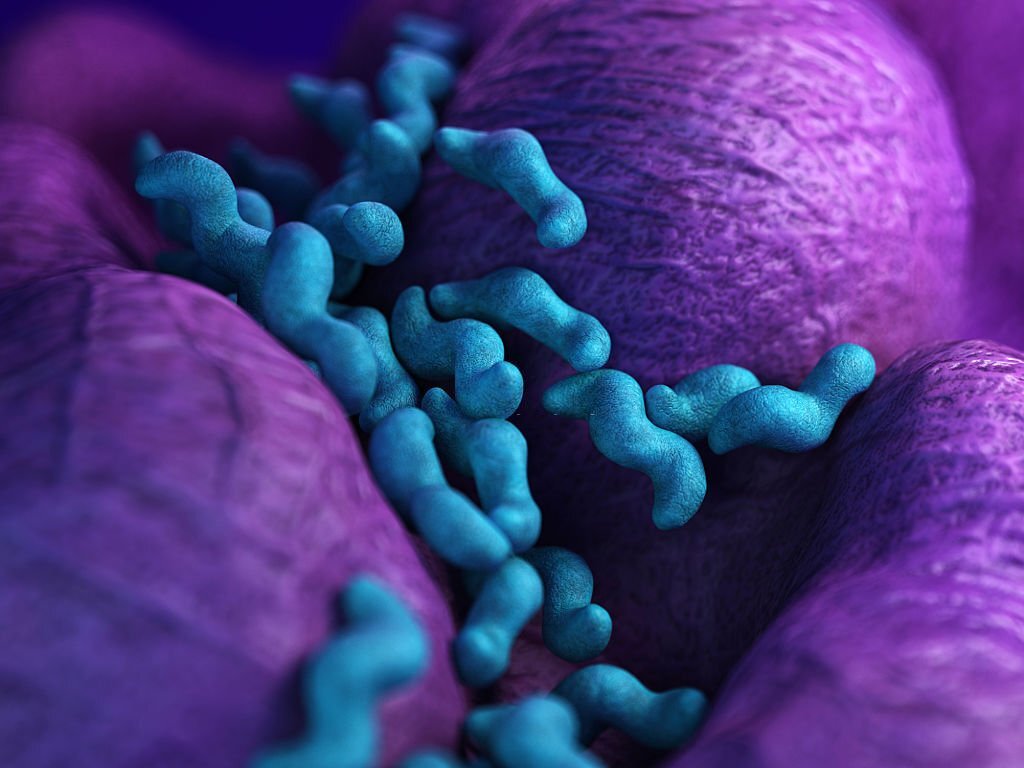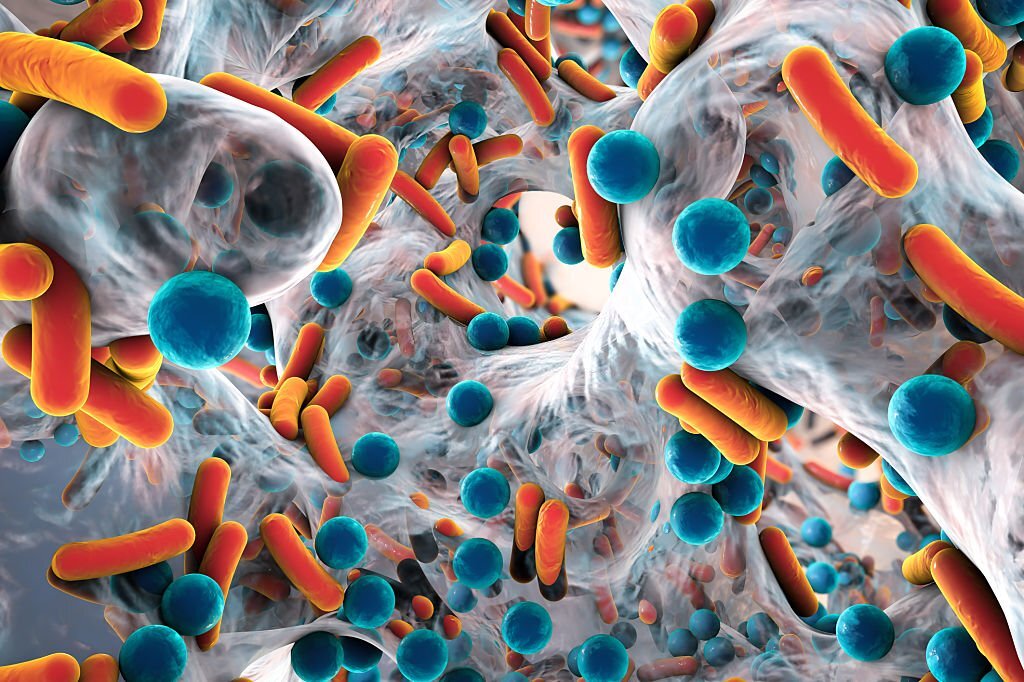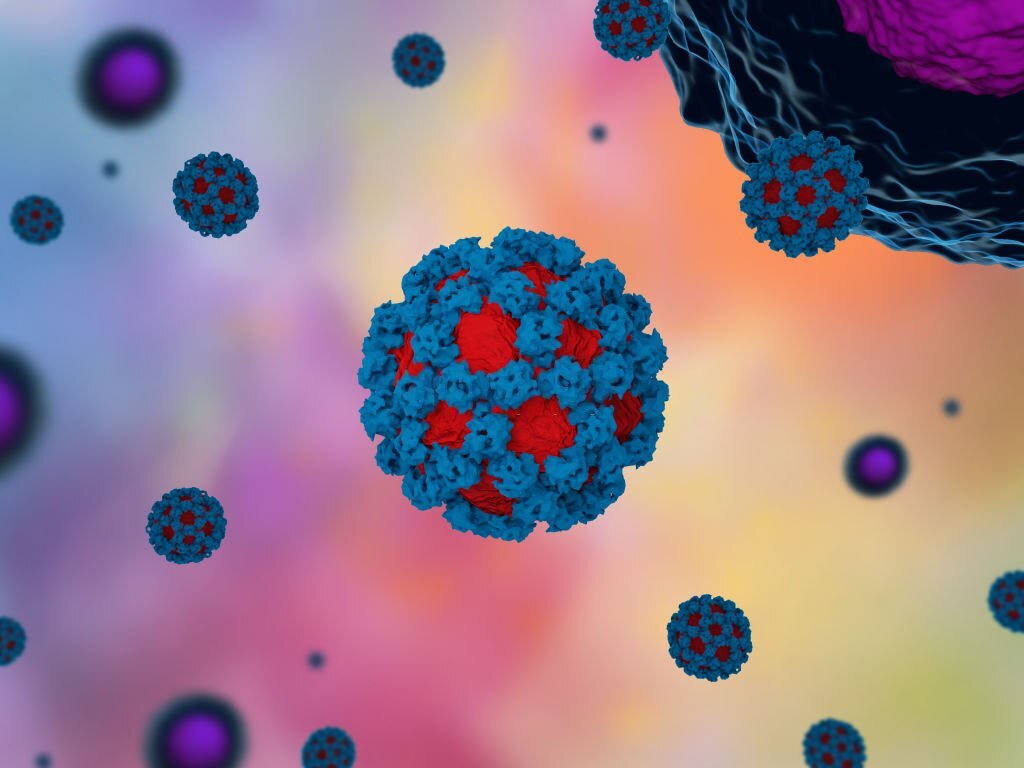Food borne pathogens are only one of the numerous topics you study when working in the food industry.
Customers are not always at risk from food borne germs, but they can be if proper precautions aren’t performed when handling, cooking, and storing food.
Therefore, How Food Handlers Can Identify Pathogens? They can’t, to put it briefly.
The following information, however, can be useful for anyone entering or already working in the food sector by outlining viruses and how to avoid them.
What Are Pathogens in Food?
One in six Americans, or up to 48 million people, acquire food poisoning each year from parasites, viruses, and bacteria called food borne pathogens.
Of those tens of millions, 128,000 are admitted to hospitals, and at least 3,000 pass away.
Salmonella, Clostridium perfringens, campylobacter, E. coli, listeria monocytogenes, staphylococcus aureus, toxoplasma gondii, and norovirus are the most prevalent pathogens.
Salmonella
Hospitalizations and fatalities due to food borne illness are most frequently caused by salmonella.
If correct hygiene procedures and safe cooking techniques are not followed, salmonella bacteria can survive in your intestinal tract and spread.
Salmonella can be acquired through the consumption of under cooked chicken, raw or under cooked meat, raw milk, unpasteurized dairy products, tainted raw produce, and eggs.
Clostridium Perfringens
Abdominal cramping and diarrhea are symptoms of the bacterial infection Clostridium perfringens, or C. perfringens.
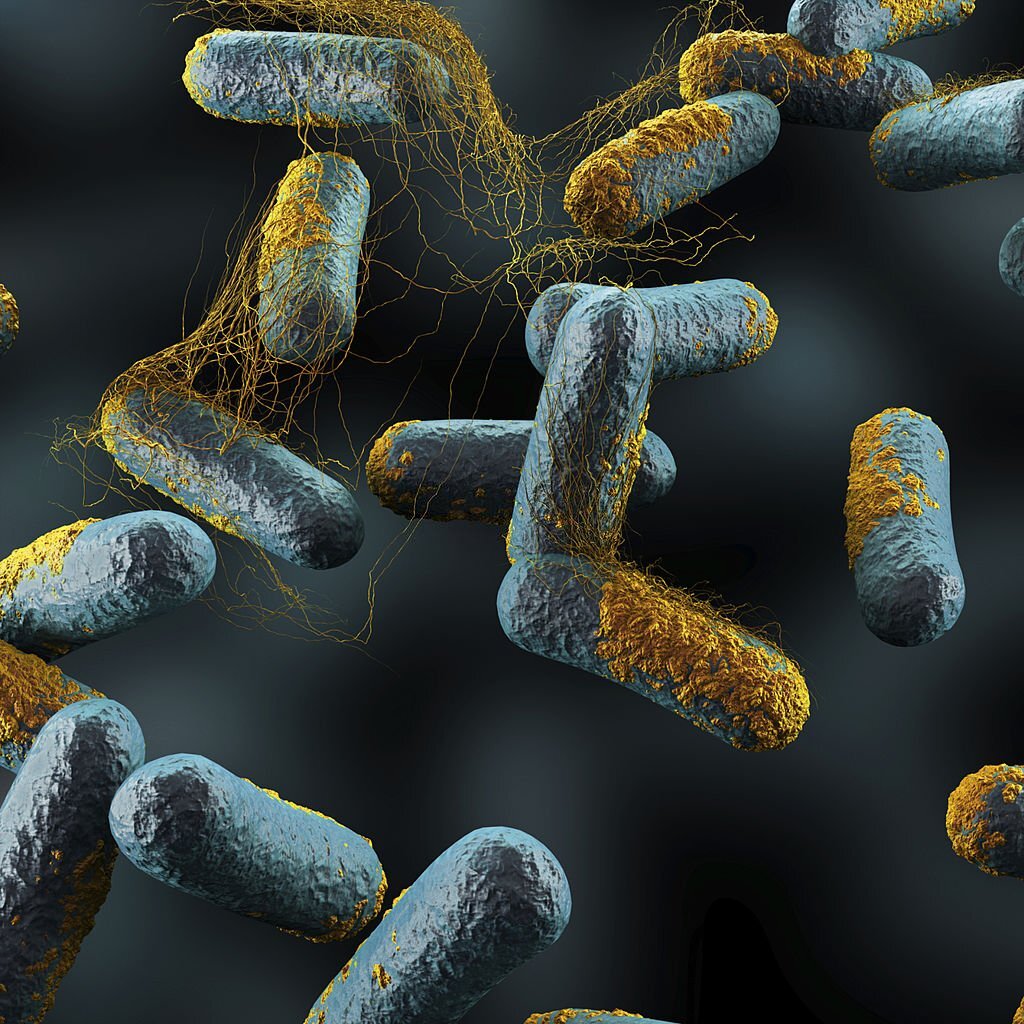
Large food plates like those at buffets that have been left in the “danger zone” are where it grows the fastest
Campylobacter
You run the danger of contracting campylobacter if you consume raw or undercooked meat and poultry as well as contaminated meals.
Ingesting unpasteurized dairy products and consuming untreated water may also put you at danger. The most typical symptom of this foodborne infection is diarrhea.
E.coil
E. coli is a type of bacteria that is frequently brought on by consuming unpasteurized dairy products, under cooked or raw ground beef, or both.
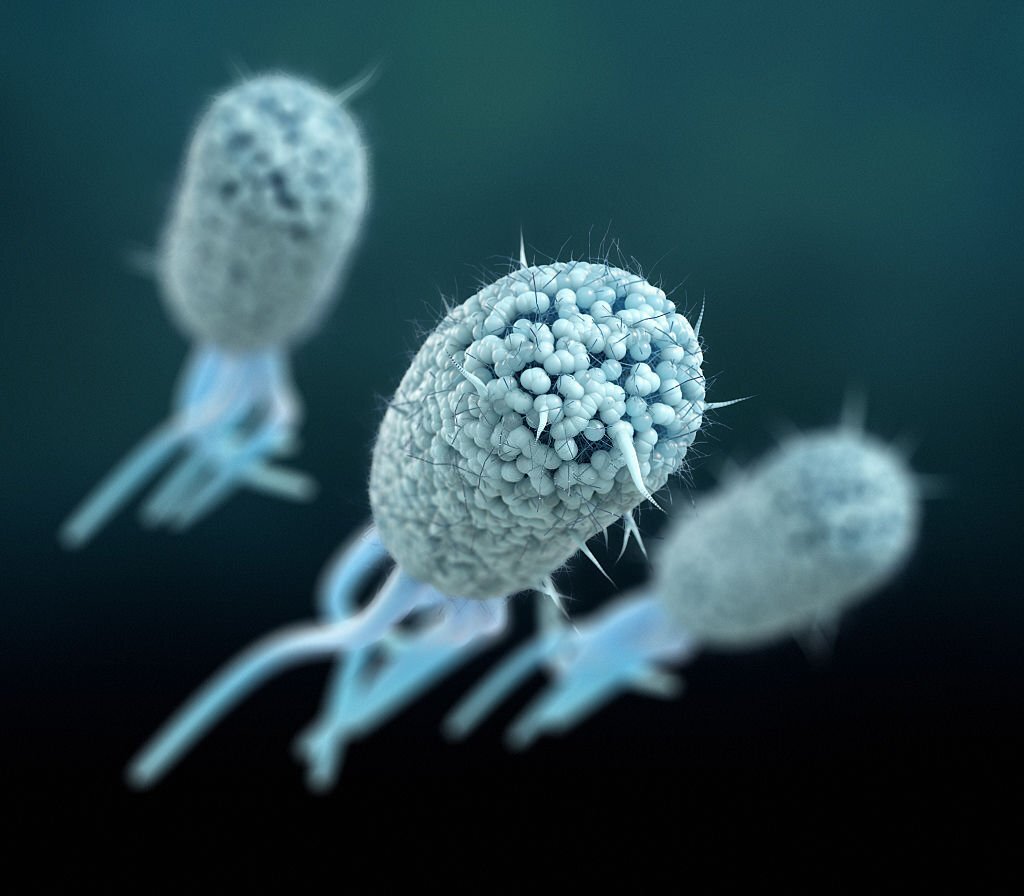
The symptoms of this disease can be extremely severe, and outbreaks of food poisoning have been attributed to it.
Monocytogenes Listeria
Listeria monocytogenes is frequently discovered in dairy products, under cooked meat, poultry, and shellfish, as well as in foods that have been refrigerated.
For older persons, children, and pregnant women in particular, it can result in listeriosis, a severe infection
A.Staphylococcus
Most people have staphylococcus aureus in their noses, skin, and throats, but it can turn into a toxic substance when it is spread to food.
High-risk individuals, such as those with chronic conditions, are at danger since it can lead to stomach cramps, vomiting, and diarrhea.
Gondii Toxoplasma
The parasite that causes toxoplasmosis is called Toxoplasma gondii.
This illness typically results from undercooked or contaminated meat or utensils and has flu-like symptoms at first.
Norovirus
One of the main causes of food poisoning is this pathogen. It has symptoms that are comparable to the flu and is contagious.
Various food items cooked by someone who has the norovirus can potentially spread it.
How can a person who handles food tell whether it has pathogen contamination?
Unfortunately, until the microbes produce enough by-products from their metabolism, there is no surefire way to determine if a food is contaminated with pathogens.
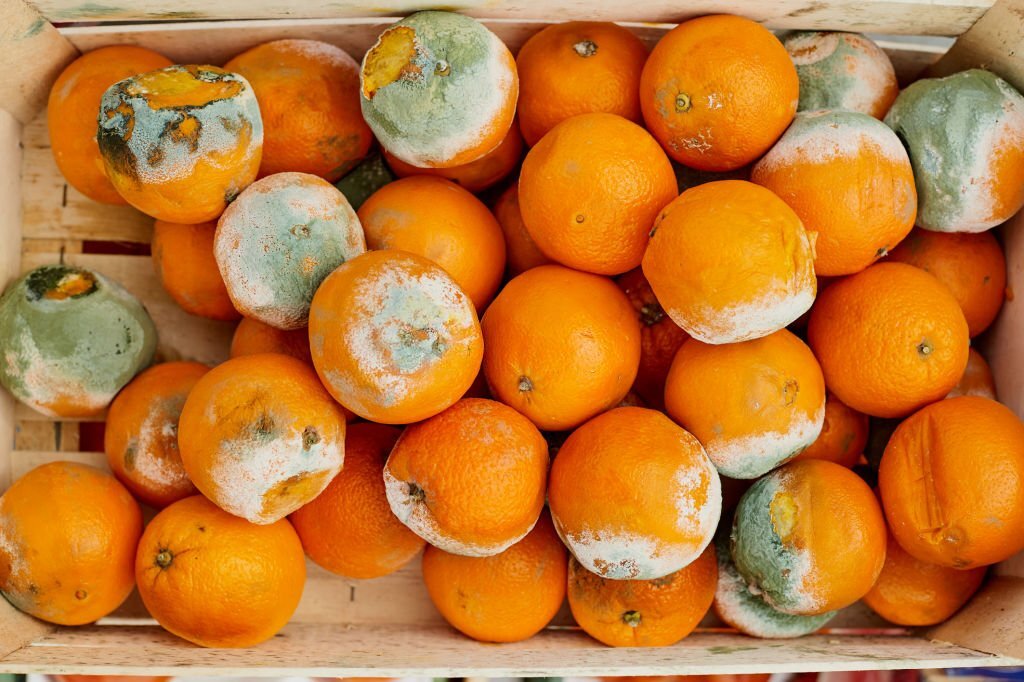
The rate of rotting can differ depending on the initial microbial load of infected food.
The following in the food item are some certain indicators of pathogenic contamination:
- Creation of an unpleasant or sour smell.
- The development of bubbles on the food’s surface.
- Creation of a thin layer of slime on the food’s surface.
- Food that is discolored.
- Bacterial or mold growth that is visible, such as a cottony material.
- Off-taste.
- A big textural shift.
How to Avoid Food Poisoning
With the right food storage, preparation, and cooking techniques, you have a high chance of stopping most cases of food poisoning, while you may never be able to stop every one of them.
Storage of Food
Food storage is one of the first things you will learn, and it’s also one of the most crucial, whether you are new to the food sector or have been working in it for some time.
Within 60 minutes after receiving them, all perishable items should be placed in a refrigerator or freezer. You should set your refrigerator to 40°F and your freezer to 0°F.
You should tightly wrap all of your meat, poultry, and fish to prevent leakage and contamination. Additionally, it needs to be kept apart from vegetables and fruits in storage.
Personnel Hygiene
To stop microorganisms from producing foodborne diseases, food handler cleanliness is crucial.
Before commencing culinary preparation, always wash your hands, wrists, and forearms with warm, soapy water.
Additionally, kitchen staff members must to dress neatly and use hairnets, aprons, and beard nets.
Preparation Of Food
Even if your hygiene procedures are impeccable and your food is maintained at a safe temperature, the way you prepare your food can significantly alter the pathogen risk.
Meat should be tightly wrapped to thaw in the fridge or placed in water to defrost more quickly. Make sure to cook it soon away after using this approach to thaw it.
Use different chopping boards and tools for different types of vegetables and keep raw meat away from cooked meat or fresh food.
Cooking
The appropriate cooking temperature varies depending on the type of food.
Fortunately, when you enroll in a food handlers safety certificate course in Texas, you learn everything there is to know about these appropriate cooking temperatures.
Use a food thermometer to always check the temperature of your food.
The internal temperature of raw lamb, cattle, pork, and roasts should be cooked to 145°F, whereas the internal temperature of the raw chicken should be 165°F.
Anything that has been left out at room temperature for more than two hours needs to be thrown away.
Food must be consumed within three days after being properly stored in refrigerators.
Conclusion about How Food Handlers Can Identify Pathogens
Although the food handler can’t identify the pathogens, Some sure signs of pathogenic contamination include the following
changes in the food item:. production of sour or off-putting odor, formation of bubbles on the surface of the food and discoloration on the food.

